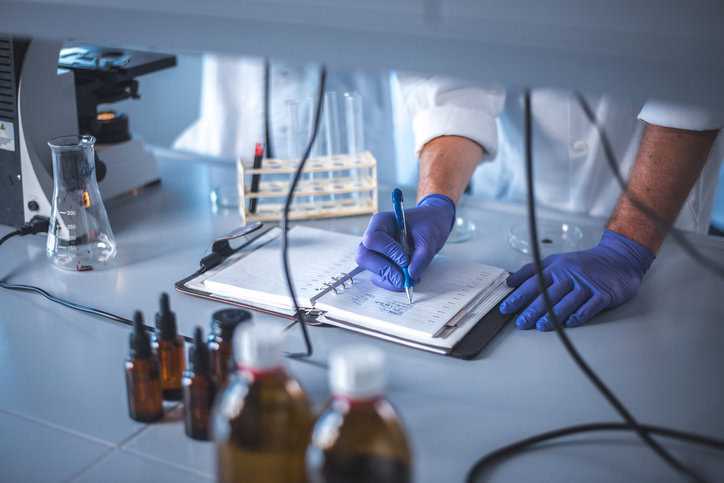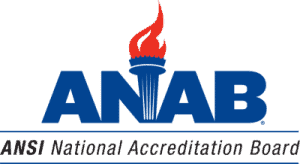The Difference Between RM Documents: Product Information Sheets vs RM Certificates

Reference materials (RMs) and certified reference materials (CRMs) are produced by reference material producers (RMPs). A reference material producer is a “body (organization or company, public or private) that is fully responsible for project planning and management; assignment of, and decision on property values and relevant uncertainties; authorization of property values; and issuance of reference material certificate or other statements for the reference material it produces” [ISO Guide 30]. A competent producer is considered a reference material producer (RMP) meeting the requirements of ISO 17034, General requirements for the competence of reference material producers.
When to Use RMs vs. CRMs
As part of the requirements of ISO/IEC 17025:2017, General requirements for the competence of testing and calibration laboratories, laboratories are required to establish and maintain metrological traceability of measurement results (6.5.1). Metrological traceability of measurements can be attained in numerous ways, including certified values of certified reference materials provided by a competent producer. When using reference materials to establish metrological traceability of measurements, CRMs are the appropriate materials because they are accompanied by an uncertainty statement and a statement of metrological traceability. RM is a generic term that includes any materials produced by a RMP. CRMs are a subset of RMs that go one step further to include a specified property value as a certified value as detailed on the reference material certificate.
RMs have their place in the laboratory, as well, but cannot be used to establish metrological traceability. Rather, RMs may be used for secondary checks and system suitability standards, among other uses. To ensure the correct materials are used, the laboratory needs to know the intended use of the materials. Once the laboratory’s measurement needs are identified, it should be clear if a CRM is needed. Then, it is the responsibility of the laboratory to determine if RM or CRM is suitable for the intended use.
When to Use Product Information Sheets vs CRM Certificates
When the reference materials arrive at the laboratory, the laboratory needs to evaluate the RM and/or CRM to ensure the received materials conform to the laboratory’s established requirements before they are used in measurements. This can be accomplished through a review of the RM and/or CRM documents. RMs are typically accompanied by a product information sheet that contains information on intended use, storage information, period of validity, as well as other information as defined by the ISO 17034:2016 standard in 7.14.1. CRMs are accompanied by RM certificates that also include the property of interest, property value, and associated uncertainty, as well as metrological traceability of the certified value. Further guidance on evaluating RMs and CRMs is provided in ISO 33403:2024, Reference materials – Requirements and recommendations for use.
Reference material = product information sheet
- Unique identifier
- Reference to accreditation
- Property value, where applicable
- Intended use
- Period of validity
- Name and contact details of RMP
- Storage details
- Instructions on use
Certified reference material = RM certificate or certificate of analysis
- All of the above, plus
- Metrological traceability statement
- Certified value and associated uncertainty
Additional details on purchasing and evaluating reference materials can be found in ANAB’s guidance document, GD 2708, Guidance on Purchasing and Evaluating Reference Materials, blog post on Evaluating RMs and CRMs for Laboratories, and webinar Evaluating Reference Materials (RMs) and Certified Reference Materials (CRMs) for Laboratories.






